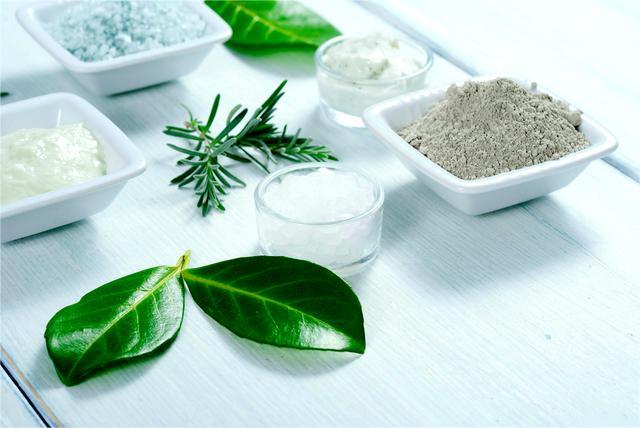Are Botanical Extracts' Skin Benefits Lies?
As for the application of botanical extract for skin, humans have learned to use it for beauty repair thousands of years ago, such as using plant juices to alleviate skin redness. However, some people believe that plant extracts in cosmetics are conceptual additives and have little effect. Many well-known skincare products add patented plant-based active ingredients, are these ingredients beneficial? Are Botanical Extracts' Skin Benefits lies?
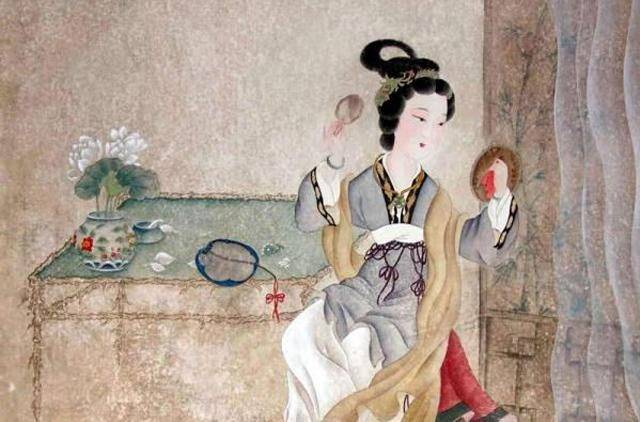
Scientists have continuously explored and researched, extracting and separating botanical plants, and obtaining some effective botanical extract ingredients. For example, salicylic acid, which can anti-inflammatory and acne removal, was extracted from the bark of white willow trees; Glabridin, which can whiten and anti-inflammatory, was obtained from licorice; and myrrhol, which can soothe and promote skin repair, was obtained from chamomile... Even the well-known vitamin C was initially extracted from plants.
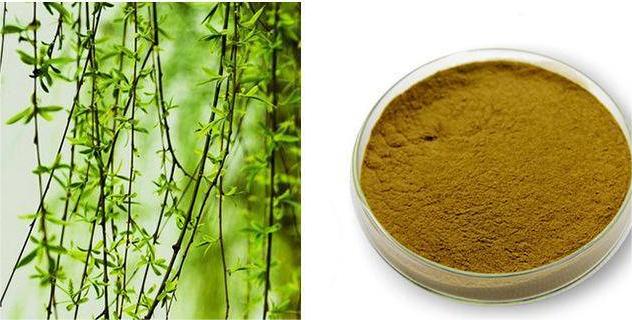
Let's take the example of Glabridin, which has a whitening effect, and look at its efficacy through scientific clinical data.
What is Glabridin:
Glabridin is a flavonoid compound extracted from the root of Glycyrrhiza uralensis, which only comes from Glycyrrhiza uralensis.
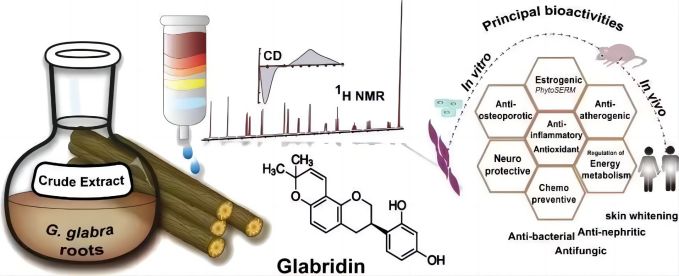
Research on the Structure and Mechanism of Glabridin:
The structure of Glabridin is shown in the figure below, and its partial structure overlaps with the tyrosine structure (p-hydroxyphenol). From the structure, it can be inferred that its whitening mechanism is mainly through inhibiting the activity of tyrosinase, which can significantly reduce the generation of melanin and achieve the effect of light spot whitening.
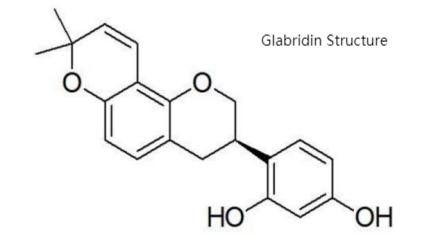
In 2008, researchers such as Sun Juan used Discovery Studio 3.5 software to simulate the docking of Glabridin with human tyrosinase (PDB: 5m8t). From the research results, we can see its molecular docking conformation with tyrosinase, which helps us better understand and master the whitening mechanism of Glabridin.
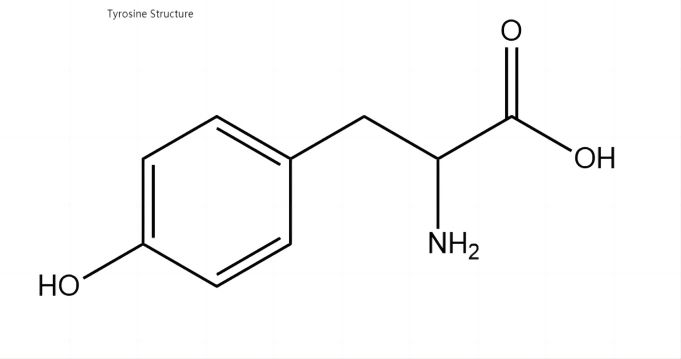
The benzene ring containing double hydroxyl groups (C2 and C4 positions) in Glabridin forms two π - cation bonds (π - cation bond, a non covalent binding interaction form) with the amino acid residues HIS 381 and HIS 377 of tyrosinase, while the other benzene ring forms a π - π interaction force with the amino acid residue Phe 362. From the three-dimensional view, it can be seen that Glabridin molecules chimeric into the active cavity of tyrosinase.
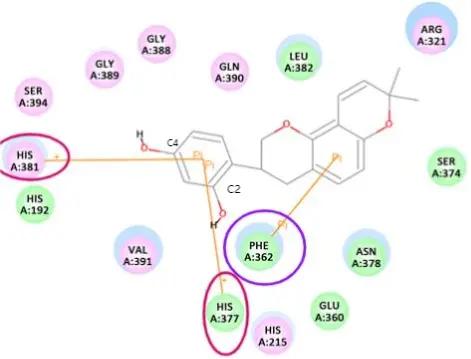
Later, scholars discovered that two hydrogen bonds were formed between the C-4 hydroxyl group and the active center residue His-85, while only one hydrogen bond was formed between the C-2 hydroxyl group and His-85. Therefore, it can be inferred that in the inhibition of tyrosinase, the C-4 hydroxyl group may be more important than the C-2 hydroxyl group. At the same time, it was also found that Glabridin does not occupy the catalytic core domain and is a non competitive mechanism with tyrosine.
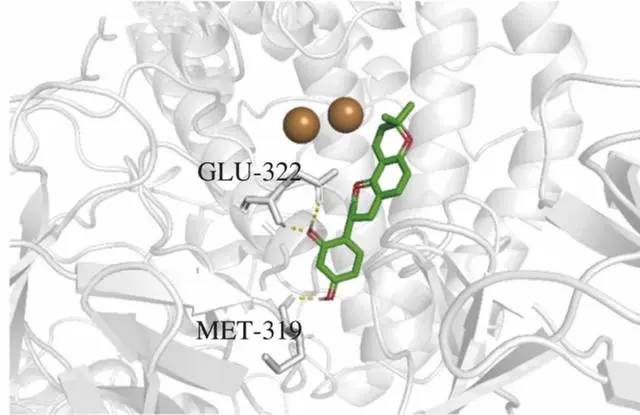
The blue-green part in the figure represents the residues of tyrosinase, the yellow dashed line represents the corresponding hydrogen bonds, and the green dominated thick rod-shaped structure is Glabridin.
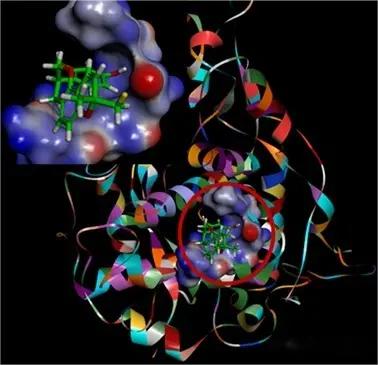
Efficacy Validation - Inhibition of Tyrosinase
According to research paper Isolation, Isolation, Identification and Tyrosinase Inhibitory Activities of the Extractives from Allamanda Cathartica and Effects of Kojic Acid, Arbutin and Vitamin C on Cell Viability and Melanin Synthesis in B16bl6 Cells, the tyrosinase inhibition rate of glycyrrhizin is 15 times higher than that of tretinoin, and nearly 200~250 times higher than that of vitamin C.
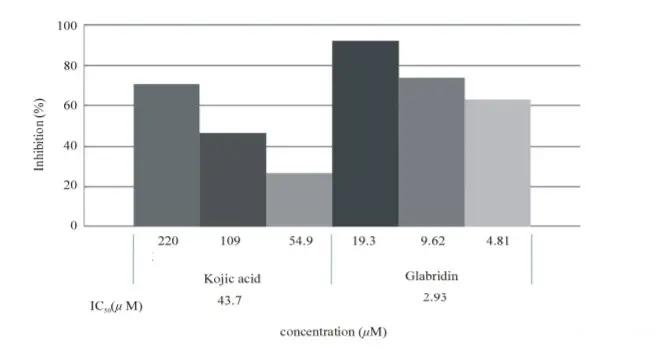
Clinical Efficacy Validation
In order to prove the excellent whitening effect of Glabridin, A company took a challenge to recruit Caucasian individuals with a facial L value of 70 or above from the American AMA third-party company for testing. Why is it a challenge? The skin L value of yellow people ranges from 50 to 65. In order to observe the whitening effect, people with low L values are generally selected for testing, and the higher the L value, the more difficult it is to improve. So what was the result? After 56 days of persistent use of lotion containing 0.04% phosglycyrrhizin-90, the L value increased by 80% and the value decreased by more than 70%. The improvement in facial cases is also very significant.
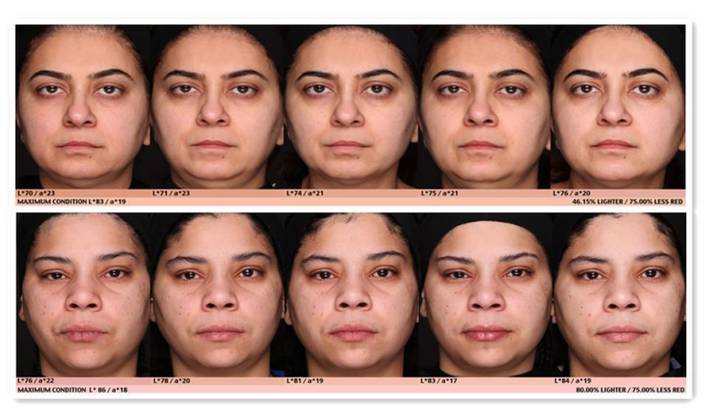
Antioxidant Activity of Glabridin Efficacy Verification
Glabridin exhibits a strong anti-free radical oxidation effect in the cytochrome P450/NADPH oxidation system, which can significantly inhibit the production of free radicals in the metabolic process in the body. At lower concentrations (at a concentration of 0.10 mg/mI), its free radical inhibitory activity was similar to that of the positive control group EGb761 (with an inhibition rate of 67%).
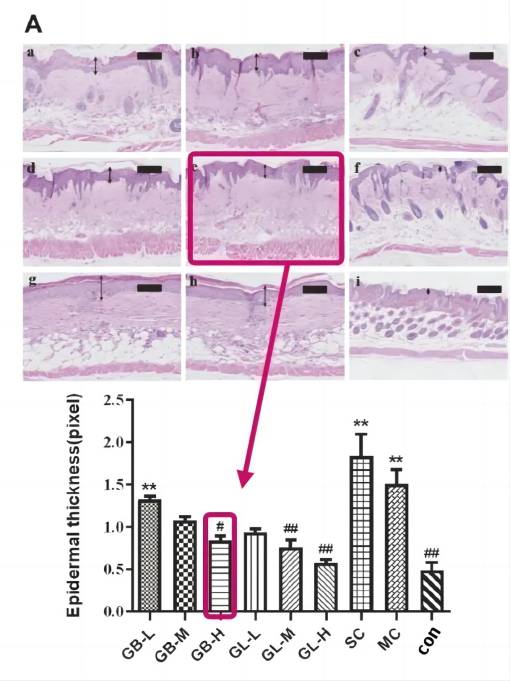
Study on the Packaging Technology of Glabridin
The water insolubility of Glabridin and the hydrophilicity of stratum corneum cells have a barrier effect on glycyrrhizin, so many manufacturers will package glycyrrhizin differently. Generally, there are cyclodextrin encapsulation, liposome encapsulation, etc., aimed at promoting the transdermal absorption of glycyrrhetinic acid and improving its bioavailability.
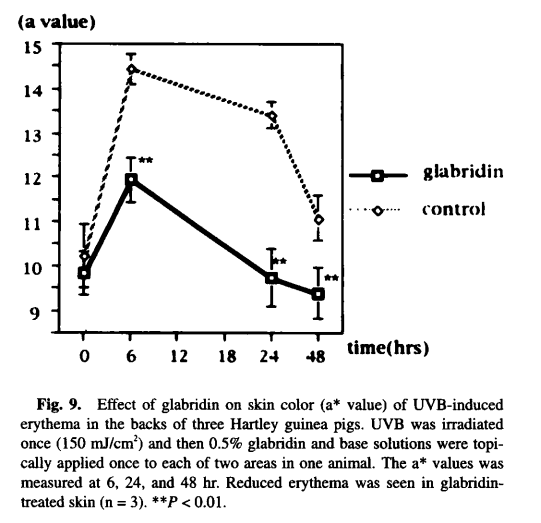
In 2021, the School of Biomedical Sciences at Guangdong University of Technology jointly published a study on the efficacy of Glabridin liposomes (GL) on UVB induced erythema and skin roughness at JMB. The study found that GL downregulates inflammatory cytokines (TNF) by- α、The expression of IL-6 and IL-10 can effectively alleviate erythema and rough skin caused by ultraviolet radiation.
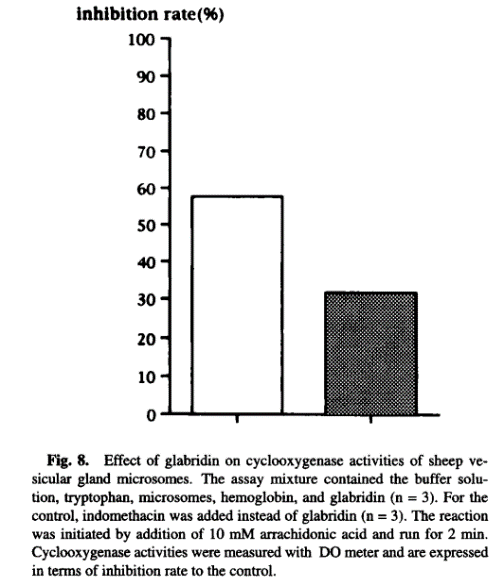
Epidermal hyperplasia is one of the characteristics of skin damage induced by UV-B radiation and is often used as an indicator to evaluate the inhibition of epidermal hyperplasia by drugs/active substances. From the figure below, it can be seen that compared with the MC and SC groups, both GL or GB (unwrapped Glabridin) treatments showed a significant reduction in skin thickness. But GL-H provides the best skin protection against UVB radiation.
The above clinical data and experimental research results confirm that the plant extracts in cosmetics are true and effective. In addition to Glabridin, there are also many excellent extracts that play various roles in cosmetics.
Why do people think that the botanical extracts skin benefits in cosmetics is a lie? This starts with the development of people's attitudes towards cosmetics containing botanical extracts.
Blind Pursuit Stage
In earlier years, botanical extracts were a big hit. Cosmetic brands often promote the addition of certain botanical extracts to their products and vigorously promote the benefits of these plant extracts. Consumers also believe in these and feel that the product is very green and natural. There is also a large number of people who believe that the more types of plant extracts in the product ingredient list, the higher the ranking, indicating that the better the product effect, the safer it is.
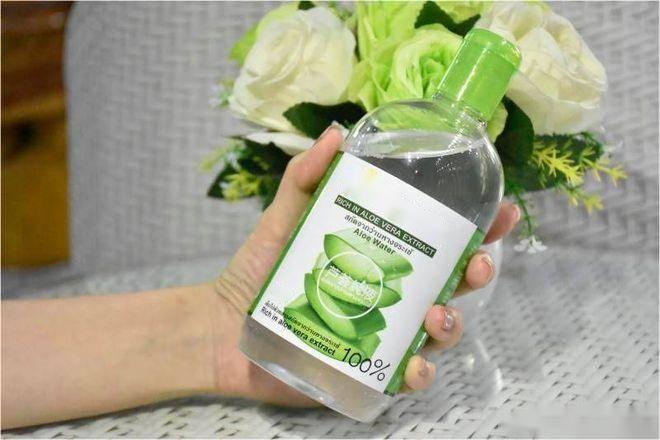
At that time, even some skincare products included dozens of botanical extracts in the ingredient list. It looks very green and natural, but in reality, consumers do not feel any effect after using it. And too many types of plant extracts can easily cause skin allergies. Some plant extract ingredients are only roughly extracted and added to skincare products after boiling with water and alcohol, without any separation or refinement.
But there are also many high-quality botanical extracts, from plant cultivation to extraction, each process is very rigorous, and the screening process is meticulous and complex; The botanical extracts' skin benefits are confirmed through clinical trials before being added to cosmetics.
Blind Negation Stage
Due to some people experiencing adverse reactions after using certain noncompliant natural skincare products, some people have started to resist natural cosmetics. They believe that all skin care products containing plant extracts are gimmicks, marketing tactics of merchants, and scams.
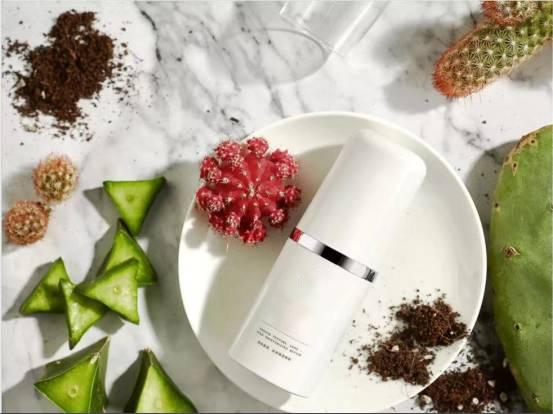
How to View Cosmetics Containing Plant Extracts?
Not all botanical extracts skin benefits in cosmetics are lies, and some plant extract ingredients do indeed have true activity and efficacy. However, some products may claim to contain certain botanical extract ingredients, but in reality, the content is very low and even has no practical effect. These products can be referred to as "lies".
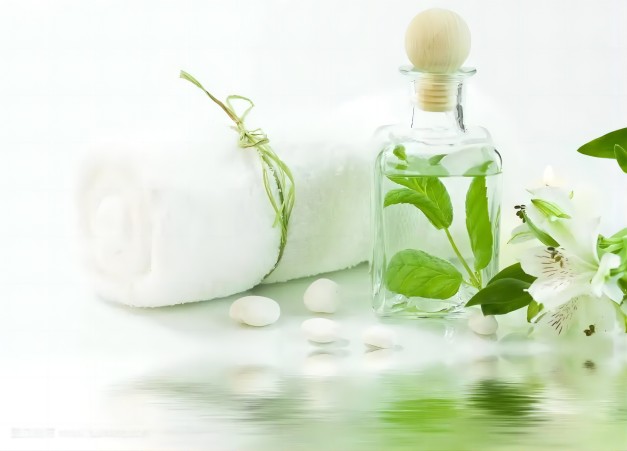
It should be noted that different people have different reactions to plant extract ingredients, and some people may experience allergic or irritating reactions. Therefore, when choosing cosmetics, it is necessary to choose based on their own skin condition and sensitivity level. In addition, the content and ratio of plant ingredients are also very important. Low levels may not be effective, while high levels may cause irritation and damage to the skin.


 English
English French
French Spanish
Spanish Russian
Russian Korean
Korean Japanese
Japanese

